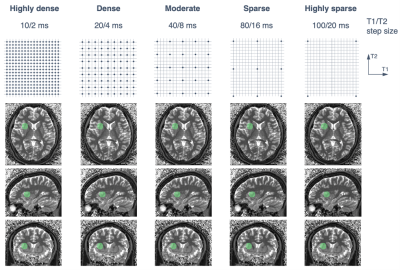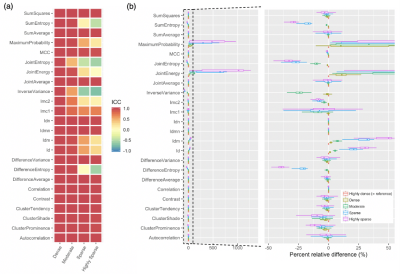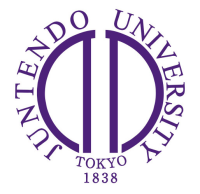Shohei Fujita1,2, Akifumi Hagiwara1, Koichiro Yasaka3, Hiroyuki Akai3, Akira Kunimatsu3, Shigeru Kiryu4, Issei Fukunaga1, Shimpei Kato1,2, Toshiaki Akashi1, Koji Kamagata1, Akihiko Wada1, Osamu Abe2, and Shigeki Aoki1
1Department of Radiology, Juntendo University, Tokyo, Japan, 2Department of Radiology, The University of Tokyo, Tokyo, Japan, 3Department of Radiology, The Institute of Medical Science, The University of Tokyo, Tokyo, Japan, 4Department of Radiological Sciences, International University of Health and Welfare, Narita, Japan
1Department of Radiology, Juntendo University, Tokyo, Japan, 2Department of Radiology, The University of Tokyo, Tokyo, Japan, 3Department of Radiology, The Institute of Medical Science, The University of Tokyo, Tokyo, Japan, 4Department of Radiological Sciences, International University of Health and Welfare, Narita, Japan
Radiomic features extracted from quantitative maps reconstructed using different dictionaries can be remarkably different. The uniformity, entropy, and second-order features were particularly susceptible to differences in the dictionary step size.

Figure 2. Dictionary design used in this study: (top row) dictionary step sizes illustrated in a T1-T2 plane, (lower rows) representative images generated from different dictionaries (the representative spherical VOI placement is shown in green). Since datasets for each subject are inherently aligned in MR fingerprinting, each VOI was copied and pasted across all datasets. Note that the images obtained from different dictionaries are difficult to distinguish visually.

Figure 4. Effect of the dictionary step size on GLCM features: (a) ICCs for GLCM features (rows) extracted with different dictionary step sizes (columns), (b) inter-dictionary percent relative change of the features. A higher magnification of the figure is shown on the right. Features vulnerable to the dictionary size were the maximum probability, joint energy, joint entropy, sum entropy, difference entropy, inverse variance, inverse difference, and inverse difference moment.
